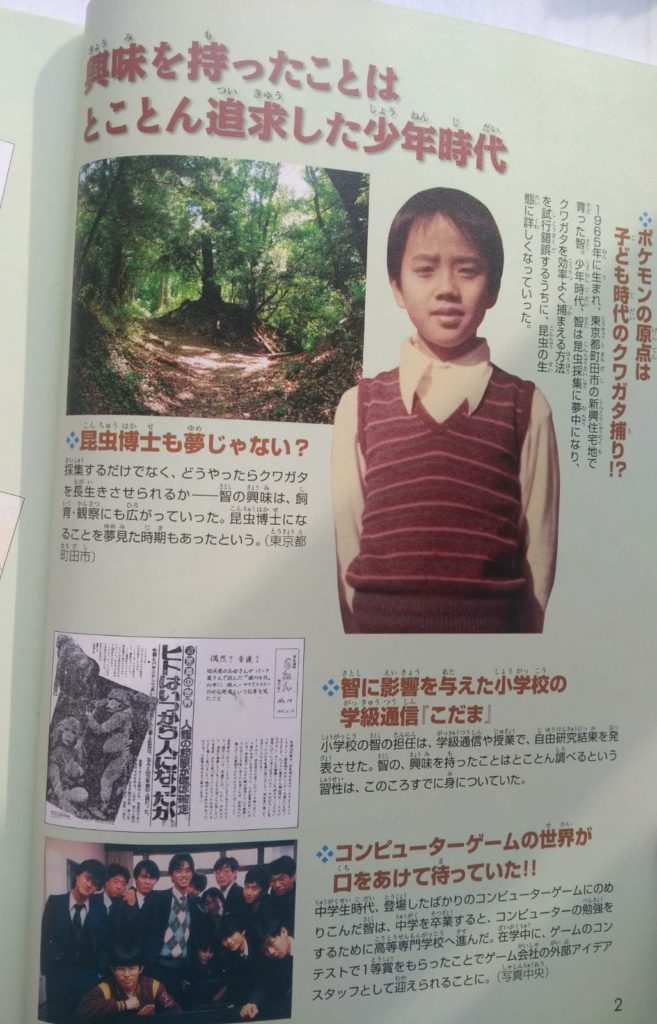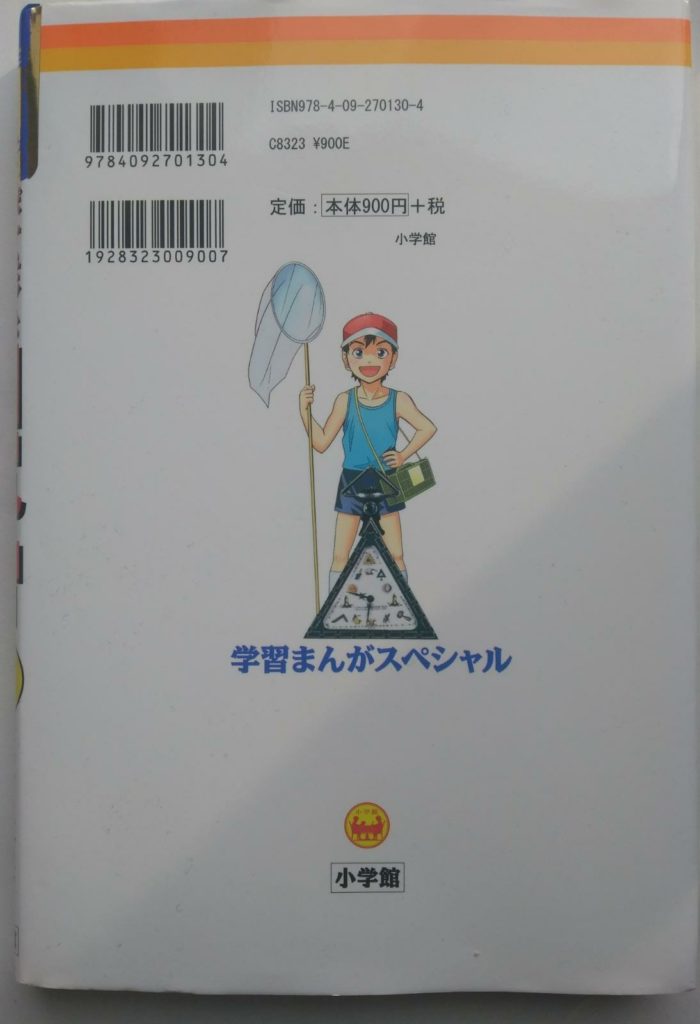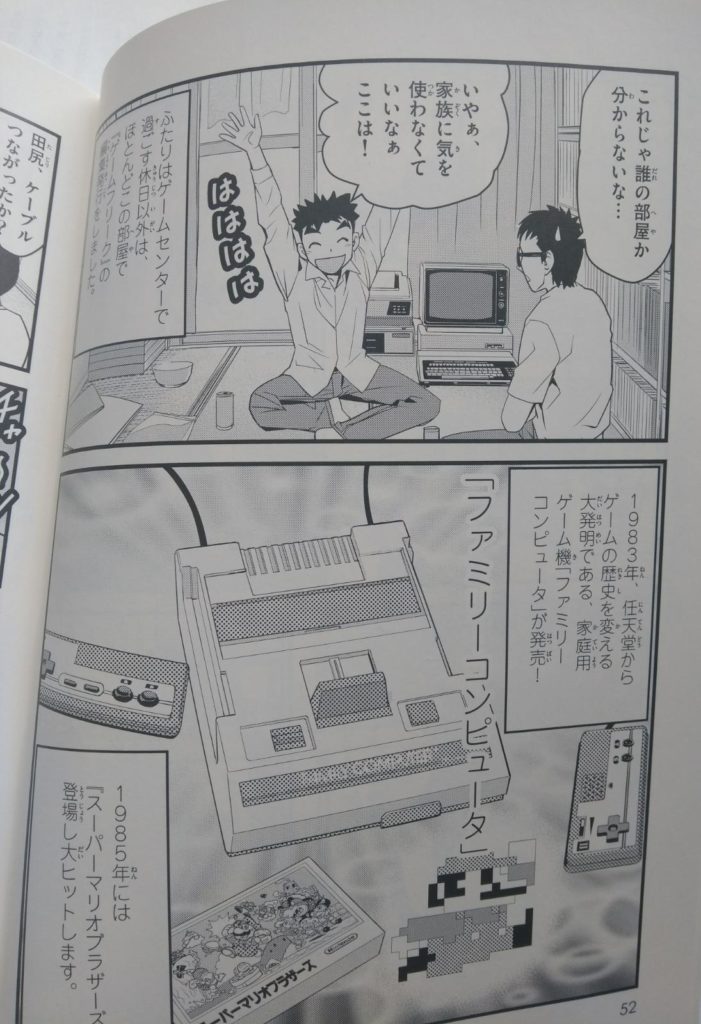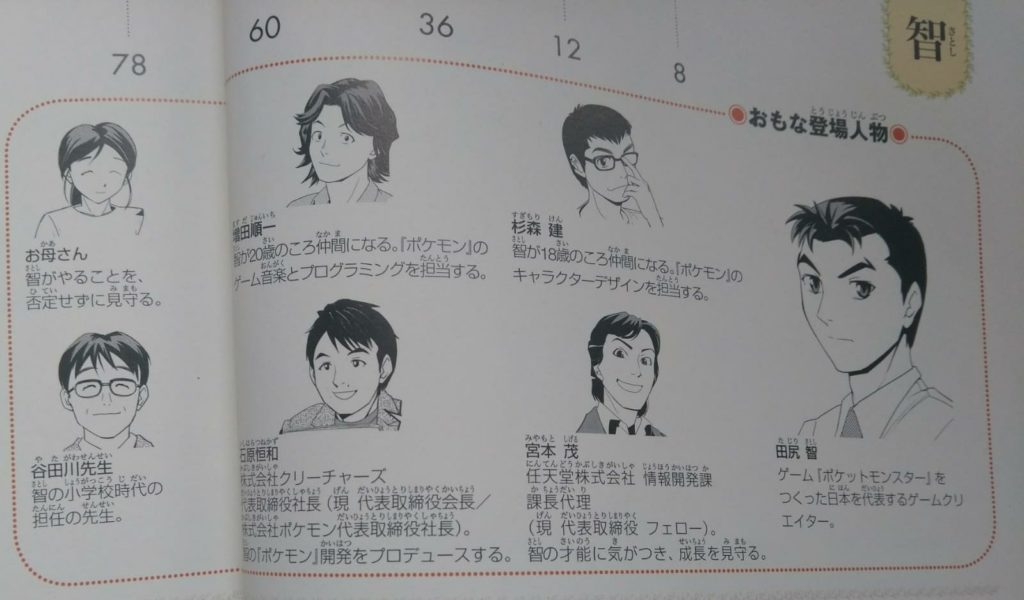Image Source: izumi-books
This is the first out of three planned post about Kenji Miyazawa.
1) The Life, Works and Themes of Kenji Miyazawa
2) Kenji Miyazawa in Anime and Manga: Adaptions and Influence
3) A Trip to Kenji Miyazawa’s Beautiful Hometown Hanamaki
Who Was Kenji Miyazawa?
Kenji Miyazawa (1896-1933) was a Japanese writer and poet famous for his fairy tales – in a way, he could be called the Japanese Hans Christian Andersen or Lewis Carroll. But he was also a scholar, a teacher and someone deeply concerned with the life of local farmers – to the point where he left his job as a teacher behind and became a farmer himself.
My experience with Miyazawa before this theme week
- read the English translation of Night on the Galactic Railroad
- read Chūmon no Ōi Ryōriten (The Restaurant of Many Orders) and Donguri to Yamaneko (Judge Wildcat and the Acorns) in Japanese
- watched the following anime films based on his work or life:
-
- The Life of Gusko Budori (2013 version)
- Matasaburō of the Wind (both versions)
- The Restaurant of Many Orders (1994 version)
- Night on Taneyamagahara
- Gauche the Cellist (1982 version)
What I did during this theme week:
☑ Visit: Kenji Miyazawa’s hometown Hanamaki + museums
☑ Read/Listen: Taneyamagahara (種山ヶ原)
☑ Read/Listen: Gauche the Cellist (セロ弾きのゴーシュ)
☑ Read/Listen: Matasaburō of the Wind (風の又三郎)
☑ Read/Listen: The Acorn and the Mountain Cat (どんぐりと山猫)
☑ Read/Listen: The Twin Stars (双子の星)
☑ Watch: Spring and Chaos (1996)
☑ Rewatch: Gauche the Cellist (1982)
☑ Rewatch: The Night on Taneyamagahara (2006)
☑ Watch: Fantasy Railroad in the Stars (2007)
Life and Death and Galaxy Trains
 Miyazawa’s most famous work is without doubt Night on the Galactic Railroad, a story about two boys, Giovanni and Campanella, who travel through the galaxy in a train before their inevitable parting. The story begins at Tanabata, the Star Festival in July. Giovanni boards a train that magically appears when he climbs a hill alone at night and meets his best friend, Campanella, there. What he does not know yet is that Campanella had fallen into a river that night, losing his live. The mysterious train takes them on a journey through the galaxy. The two boys witness all kinds of wondrous phenomenons, see beautiful places and meet bizarre people. They talk about their loved ones and the true meaning of happiness. But Giovanni is not dead, so he has to return to Earth in the end, while Campanella continues his journey into the next world.
Miyazawa’s most famous work is without doubt Night on the Galactic Railroad, a story about two boys, Giovanni and Campanella, who travel through the galaxy in a train before their inevitable parting. The story begins at Tanabata, the Star Festival in July. Giovanni boards a train that magically appears when he climbs a hill alone at night and meets his best friend, Campanella, there. What he does not know yet is that Campanella had fallen into a river that night, losing his live. The mysterious train takes them on a journey through the galaxy. The two boys witness all kinds of wondrous phenomenons, see beautiful places and meet bizarre people. They talk about their loved ones and the true meaning of happiness. But Giovanni is not dead, so he has to return to Earth in the end, while Campanella continues his journey into the next world.
This story reflects many of Miyazawa’s ideas, but one that occurs in a number of his stories and poems is the sorrow of parting. In 1922, at the age of 24, Miyazawa’s sister Toshi passed away. The two of them were very close and according to the anime adaption of Spring and Chaos, Miyazawa considered her one of the two people who truly understood him (the other one being his classmate Hosoka Kanai). Naturally, her death left a deep scar on his heart.
The Fields and Mountains of Iwate
A recurring setting in Miyazawa’s works is the beautiful nature of his home, the Iwate prefecture. Mountains, fields, rural villages and deep forests – when I took a train ride through the prefecture recently, I could really feel what inspired him a century ago. Miyazawa invented the name „Ihatov“ for the region which is thought to be an Esperanto rendering of the name “Iwate” with the meaning “ideal place” or “paradise”, though there are a number of different theories.
However, there’s also a strong element of mystery in many of his works. In both Matasaburō of the Wind and Taneyamagahara, supernatural events occur. But there’s no explicit magic in these works – it’s all described in a dreamlike fashion that makes you wonder if it was real or not. In Matasaburō of the Wind, a boy called Saburō from outside moves to a rural school and the other kids half-jokingly call him „Matasaburō of the Wind“, after a wind sprite known to the locals. The wind indeed picks up that day and other mysterious phenomenons happen, but when Saburō and his family leave the village, the children and the reader still wonder if he was really „Matasaburō of the Wind“ or just a normal boy.
The local Iwate dialect is also commonly used in his works and even more so in the anime adaptions.
Moral in Miyazawa’s Works
From what I’ve read, Good and Evil is not really a theme in Miyazawa’s works. But many of his stories do have some kind of morale, and some also condemn certain behaviors or character traits. This is most obviously in his famous The Restaurant of Many Orders. In this story, two men behave arrogantly and greedily, showing no respect for nature. Their greed and stupidity eventually leads to them being eaten by wild cats who carefully lured them into their trap.
This is one of the weirder, darker stories, and it has a bit of a Through the Looking-Glass vibe. Judge Wildcat and the Acorns, a story about a cat who settles an argument between a group of acorns in a lawsuit, is less dark, but comedic and nonsensical in a way that is also very reminiscent of Lewis Carroll.
Miyazawa the Idealist
In one of his poems (published posthumely), Be not Defeated by the Rain (雨ニモマケズ, Ame ni mo Makezu), Miyazawa describes what kind of person he aspires to be. This poem seems to represent many of his ideals. It goes like this:

(Source: Wikipedia)
In the biographical anime movie Spring and Chaos, Miyazawa’s father, a pawnbroker, claims his son is “too idealistic” after Miyazawa remarks he would lend poor people in need money. During his time at university, many of Miyazawa’s ideals were formed in conversations with his close friend Hosoka Kanai – who believed the natural (or ideal) state of a human being was being a peasant. One NHK World documentary even interprets this poem as describing Kanai.
Animals and Humor
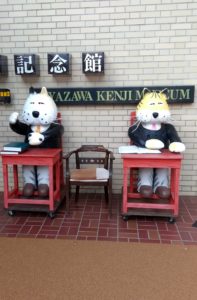
Some of Miyazawa’s stories feature human characters, but a number of them include anthropomorphized animals or other things. Judge Wildcat and the Acorns was mentioned above already, The Cat Office (猫の事務所) also features cats. The Twin Stars tells the story of two stars on the sky and their interactions with personified star constellations, the Scorpion and the Big Crow. Judge Wildcat and the Acorns as well as The Restaurant of Many Orders also have a peculiar sense of humors that is sometimes straightforward, sometimes hard to make sense of – and sometimes surprisingly dark for tales aimed at children.
Kenji the Scholar
Miyazawa quit his job as a teacher to help the poor farmers in his hometown, becoming a farmer himself and trying to introduce innovative methods of fertilization. This way of living, however, took a toll on his health and he passed away at the young age of 37. Some of his works were self-published during his lifetime (though not very successful), but most of them only published posthumously.
Miyazawa was an avid student of astronomy, geology, Buddhism, agricultural science, and the Esperanto language. He worked as a teacher, placing value on hands-on experiences and taking his students on walks and expeditions frequently. He also introduced Western classical music and to the local farmers and engaged in a number of social and cultural activities, including readings and plays.
Kenji Miyazawa in English
Miyazawa never rose to fame in the English-speaking world like Haruki Murakami or Natsume Sōseki, but I was pleasantly surprised to see that many of his works were, in fact, published in English. Some of these works include:
- Night on the Galactic Railroad (sometimes titles Milky Way Railroad)
- Gauche the Cellist
- The Restaurant of Many Orders
- Wild Pear (Yamanashi)
- The Nighthawk Star
- The Kenju Park Grove
- Ame ni mo Makezu + selected poems
F urthermore, I found the following English picture books of Miyazawa works in the souvenir shop of the Kenji Miyazawa Memorial Museum:
urthermore, I found the following English picture books of Miyazawa works in the souvenir shop of the Kenji Miyazawa Memorial Museum:
- The Telegraph Poles on a Moonlit Night
- The Bears of Mt. Nametoko
- Judge Wildcat and the Acorns
- The Kenju Park Grove
- Gem Fire
- The Shining Feet
- Crossing the Snow
- The Twin Stars
Where to Start
As an entry point, I would recommend Night on the Galactic Railroad. It is not only Miyazawa’s most famous and influential work, it’s fantastic nature and universal themes also make it accessible.
I also recommend the works that show Miyazawa’s love for the nature of his home, the Iwate prefecture, e.g. Matasaburō of the Wind or Taneyamagahara.
In addition, I consider the anime adaptions of Matasaburō of the Wind (2016), The Restaurant of Many Orders (1991/1994) and The Life of Gusko Budori (2013) good entry points. I will write more about them in the next article.
Links
Translated Kenji Miyazawa works on Amazon
NHK World Documentary Series (available until March 2020)
English Website with Extensive Information about Miyazawa
Ame ni mo Makezu poem and translation on Wikipedia
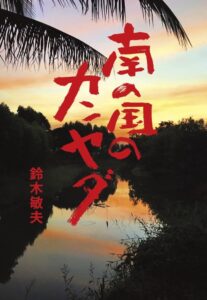
 The third reason was that Takahata was so into studying that when something caught his interest, he wouldn’t stop researching until he was fully satisfied. This was a common reason for delays in his works. For example, the famous dyer’s safflower picking scene in Only Yesterday (pictured on the right) took more than a month.
The third reason was that Takahata was so into studying that when something caught his interest, he wouldn’t stop researching until he was fully satisfied. This was a common reason for delays in his works. For example, the famous dyer’s safflower picking scene in Only Yesterday (pictured on the right) took more than a month.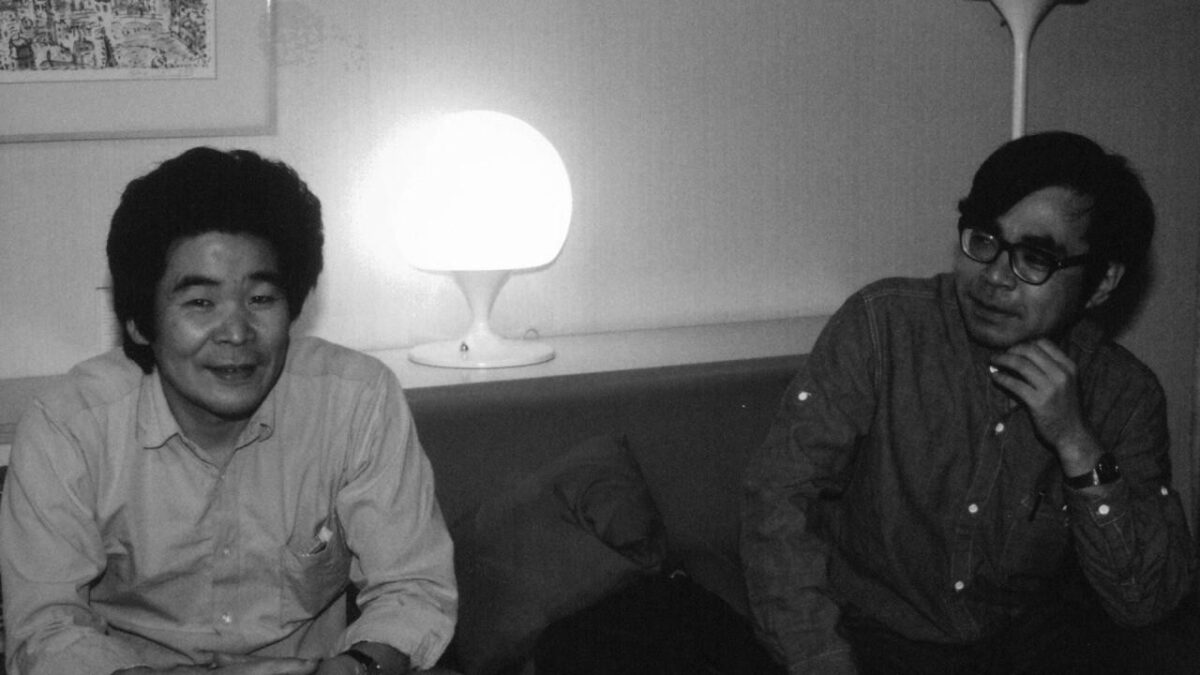
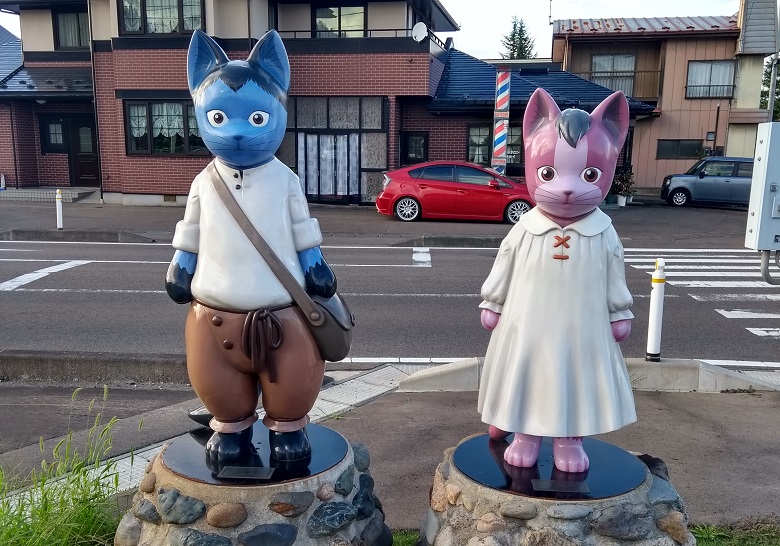


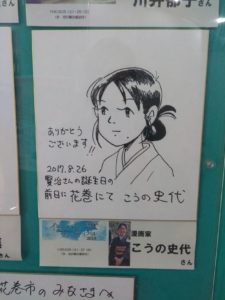 Here I also found messages from various notable Japanese personalities, including the late Ghibli director Isao Takahata, producer Toshio Suzuki, composer Joe Hisaishi, In This Corner of the World director Sunao Katabuchi, mangaka Fumiyo Kōno, composer kotringo. I was amazed how many of these names were familiar to me.
Here I also found messages from various notable Japanese personalities, including the late Ghibli director Isao Takahata, producer Toshio Suzuki, composer Joe Hisaishi, In This Corner of the World director Sunao Katabuchi, mangaka Fumiyo Kōno, composer kotringo. I was amazed how many of these names were familiar to me.





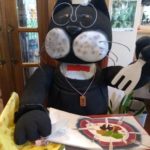


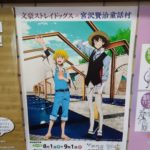

















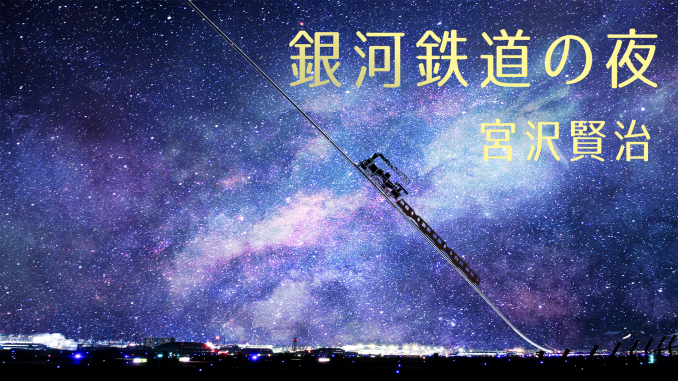

 Miyazawa’s most famous work is without doubt Night on the Galactic Railroad, a story about two boys, Giovanni and Campanella, who travel through the galaxy in a train before their inevitable parting. The story begins at Tanabata, the Star Festival in July. Giovanni boards a train that magically appears when he climbs a hill alone at night and meets his best friend, Campanella, there. What he does not know yet is that Campanella had fallen into a river that night, losing his live. The mysterious train takes them on a journey through the galaxy. The two boys witness all kinds of wondrous phenomenons, see beautiful places and meet bizarre people. They talk about their loved ones and the true meaning of happiness. But Giovanni is not dead, so he has to return to Earth in the end, while Campanella continues his journey into the next world.
Miyazawa’s most famous work is without doubt Night on the Galactic Railroad, a story about two boys, Giovanni and Campanella, who travel through the galaxy in a train before their inevitable parting. The story begins at Tanabata, the Star Festival in July. Giovanni boards a train that magically appears when he climbs a hill alone at night and meets his best friend, Campanella, there. What he does not know yet is that Campanella had fallen into a river that night, losing his live. The mysterious train takes them on a journey through the galaxy. The two boys witness all kinds of wondrous phenomenons, see beautiful places and meet bizarre people. They talk about their loved ones and the true meaning of happiness. But Giovanni is not dead, so he has to return to Earth in the end, while Campanella continues his journey into the next world.

 urthermore, I found the following English picture books of Miyazawa works in the souvenir shop of the Kenji Miyazawa Memorial Museum:
urthermore, I found the following English picture books of Miyazawa works in the souvenir shop of the Kenji Miyazawa Memorial Museum:
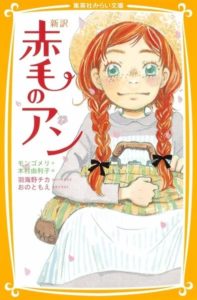 Umino says, she read Anne of Green Gables and Heidi as a child, so she was very happy when she was asked the draw the new cover artworks for Anne. She is very fond of the recent adaption Anne with an E (
Umino says, she read Anne of Green Gables and Heidi as a child, so she was very happy when she was asked the draw the new cover artworks for Anne. She is very fond of the recent adaption Anne with an E (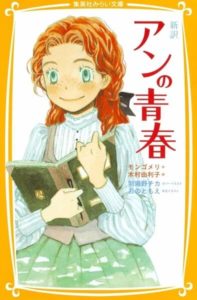 Umino says, she is the kind of reader who rereads the same book many times. As a child, Anne of Green Gables, Heidi and the Little House on the Prairie book series were the ones she read over and over again, starting from her first elementary school years.
Umino says, she is the kind of reader who rereads the same book many times. As a child, Anne of Green Gables, Heidi and the Little House on the Prairie book series were the ones she read over and over again, starting from her first elementary school years.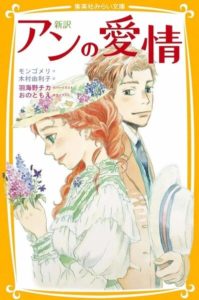 Reading the meal scenes in Anne inspired similar moments in her manga: “Because I read these scenes so passionately, I thought having meal scenes in my own manga would make it more fun for the readers.” Getting letters and photos from readers who tried to cook soft-boiled eggs the way they remembered it from March comes in like a lion made her very happy.
Reading the meal scenes in Anne inspired similar moments in her manga: “Because I read these scenes so passionately, I thought having meal scenes in my own manga would make it more fun for the readers.” Getting letters and photos from readers who tried to cook soft-boiled eggs the way they remembered it from March comes in like a lion made her very happy.












